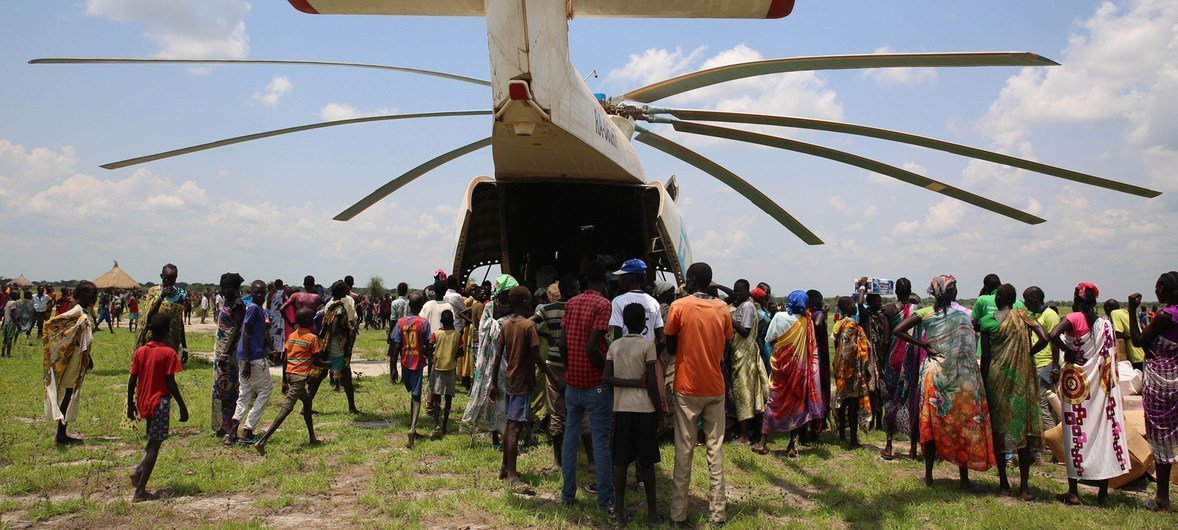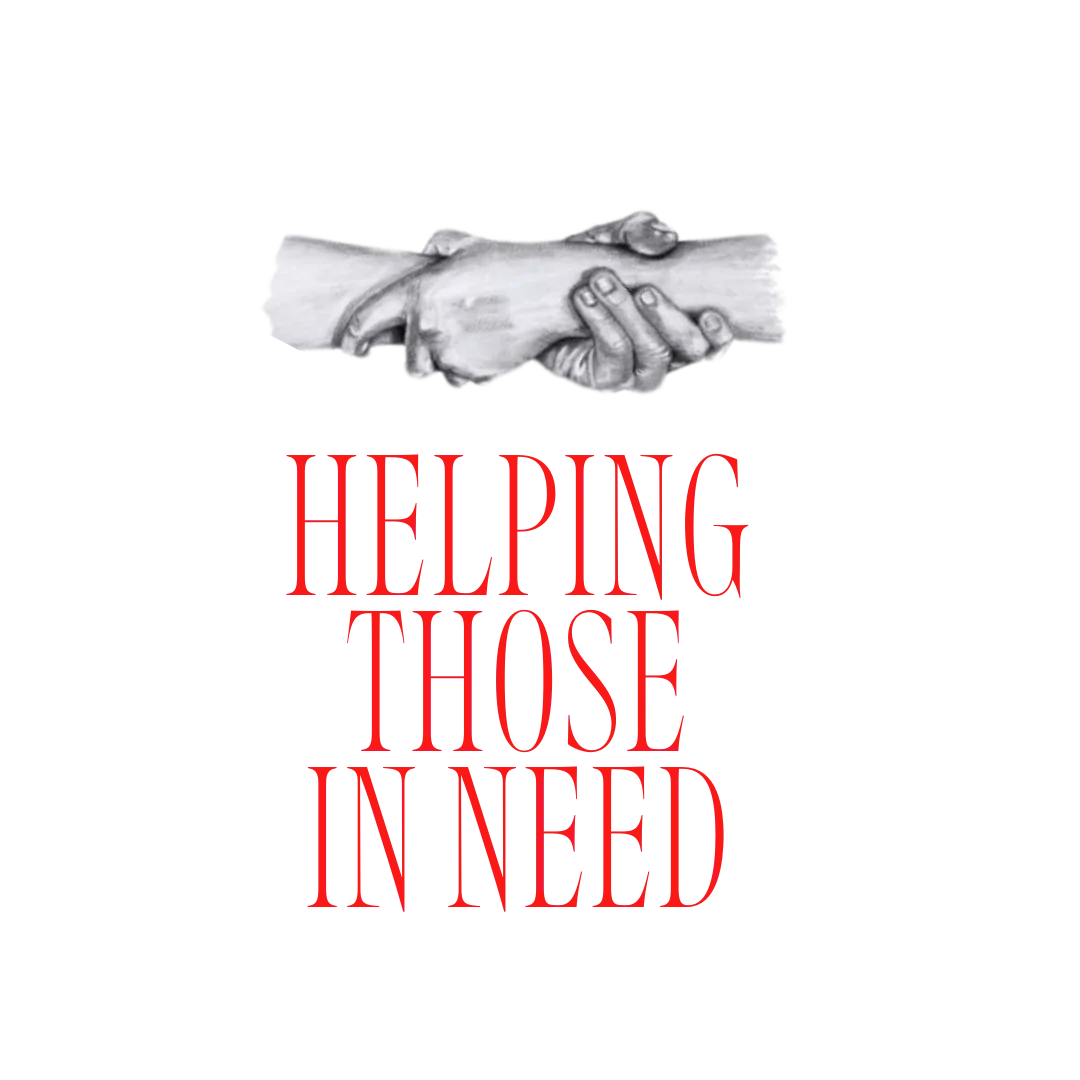Marked by natural disasters, famine, mass migration and internal conflict, the last two years in South Sudan have been some of the darkest in its short history as an independent nation. In a country where some 9 million people are in need of humanitarian aid, aid workers are carrying out life-saving work on the frontlines. But their bravery comes at a price; over the last 3 years, South Sudan has seen the highest number of fatal attacks on aid workers ever recorded, and in the past decade, it has become the deadliest place for humanitarian workers, with more workers killed, wounded, or kidnapped than anywhere else in the world.
What’s often left out of the conversation, however, is the disproportionate risk posed to national aid workers compared to their international counterparts. Between 2011 and 2023, a striking 94% of the humanitarian workers killed in South Sudan were locals, who are three times more likely to be harmed than international staff. Yet these workers rarely receive the same level of media attention as their international counterparts. Jagan Chapagain, Secretary-General of the International Federation of the Red Cross, claims that when a local aid worker is harmed compared to an international worker, the difference in attention from both the media and INGOs is staggering — “a 1 to 500 ratio.”
This disparity in the risk of harm is not a coincidence. Attention is not the only thing that local aid workers lack on the ground in South Sudan. The provision of funding for basic security measures, such as travel management and secure accommodation, is significantly higher for international aid workers, leaving national workers at a much greater risk of harm, according to new research from The New Humanitarian.
National aid workers are more likely to come to harm in South Sudan than international workers regardless, due to the political and financial implications of the role for people born in the country. In South Sudan, where the average household spends just $10 per month, a mid-level national aid worker can earn over $1000 per month. As a result, local aid workers are a new emerging middle class, occupying the most “opulent part of the political economy,” according to Joshua Craze, a researcher from a Geneva-based think tank. This puts local workers at significant risk of becoming victims of “revenge killings.”
Revenge killings in South Sudan have historically targeted wealthy farmers and their livestock. However, as the country has evolved, the targets of this violence have broadened to include any individuals who are perceived to possess wealth or social mobility disproportionate to the community. This includes aid workers, particularly those employed by larger international organisations, who are sometimes seen as “betraying their own.” In the politically tense and volatile environment of South Sudan, where wealth disparity is stark and access to resources limited, local aid workers represent a fortunate minority, making them prime targets for such attacks.
Despite the frequency of these attacks, many humanitarian organisations fail to include them in official fatality counts if the killings occur outside a working context. As a result, a significant number of local aid worker deaths may go unrecorded. This oversight not only denies those who lose their lives the appropriate recognition, but also reflects a lack of understanding among larger humanitarian organisations about the unique risks faced by local staff.
“When I go home [from work] at the end of the day, everyone knows who I am, and who I work for,” said one South Sudanese aid worker. “I don’t get to take off my vest. I don’t get to go back to a guarded compound, like the internationals.”
The risk posed to local aid workers does not come only from their own communities. Gang violence, a major problem in many areas of South Sudan, has also disproportionately affected local aid workers and their ability to deliver aid. In 2016, a group of local aid workers were raped by an armed gang due to their alleged alliance with another gang to whom they had provided aid. The lack of security available to local workers makes incidents like these relatively common. A similar event occurred in 2021, when a convoy of aid workers was attacked and one killed in Unity State, leaving many injured and delaying the delivery of critical aid by several days.
Despite this continued trend of increased risk to local staff, it seems that nobody is paying attention. In 2016, a major push was made by the five largest humanitarian donors and six largest UN agencies to “localise” humanitarian aid, recognising the long-term effectiveness of local approaches over international ones. The strategy aimed to increase the capacity of local organisations and reduce reliance on international NGOs. Following this initiative, the number of local NGOs operating in South Sudan doubled, with large international NGOs increasingly subcontracting work in the riskiest zones.
In the years following the implementation of the strategy, attacks on local aid workers increased dramatically, largely due to the lack of appropriate investment alongside the new localised approach. Aid-sector security experts suggest that funding for essential security equipment like armoured vehicles, radios, and security managers is far below what is necessary to ensure the safety of national workers.
This disconnect between international NGOs and the population further fuels tensions in an already fraught environment. The lack of locally driven development, cultural insensitivities, underinvestment, and poor management perpetuate expectations of division and distrust between local workers and those receiving aid.
Violence against local aid workers cannot be ignored any longer. With the conflict in South Sudan showing no signs of slowing, the risks they face will continue to increase until decisive action is taken. A comprehensive review of how local workers are managed and protected is essential to ensuring their safety and recognising their efforts as equal to those of international staff. Increased security measures, equitable pay, and equal access to resources are among the basic requirements that must be met if localisation continues.
Dut Majokdit, former chairperson for the Relief and Rehabilitation Commission for South Sudan, has called for enhanced security arrangements to combat gang violence in and around aid-delivery zones — a step crucial to safeguarding national workers and preventing further incidents like those seen in 2020 and 2021. However, a broader shift is required. Humanitarian agencies must strive to understand the complex and culturally specific risks faced by local workers. This includes ensuring that policies on hiring, security, and aid management are approached with sensitivity to the communities they serve.
The first step in addressing these inequalities is acknowledging the unique challenges faced by local aid workers. Without understanding that national and international workers have fundamentally different experiences and risks, appropriate action cannot be taken to prevent further violence.
It is time for international NGOs and agencies to prioritise the safety, dignity, and livelihoods of the local aid workers risking their lives to deliver aid in South Sudan. More broadly, all humanitarian-adjacent organisations must recognise both the value and the unique risks of national aid workers, whether in South Sudan or elsewhere. Only then can we ensure that local aid workers receive the treatment, protection, and respect they deserve.





















